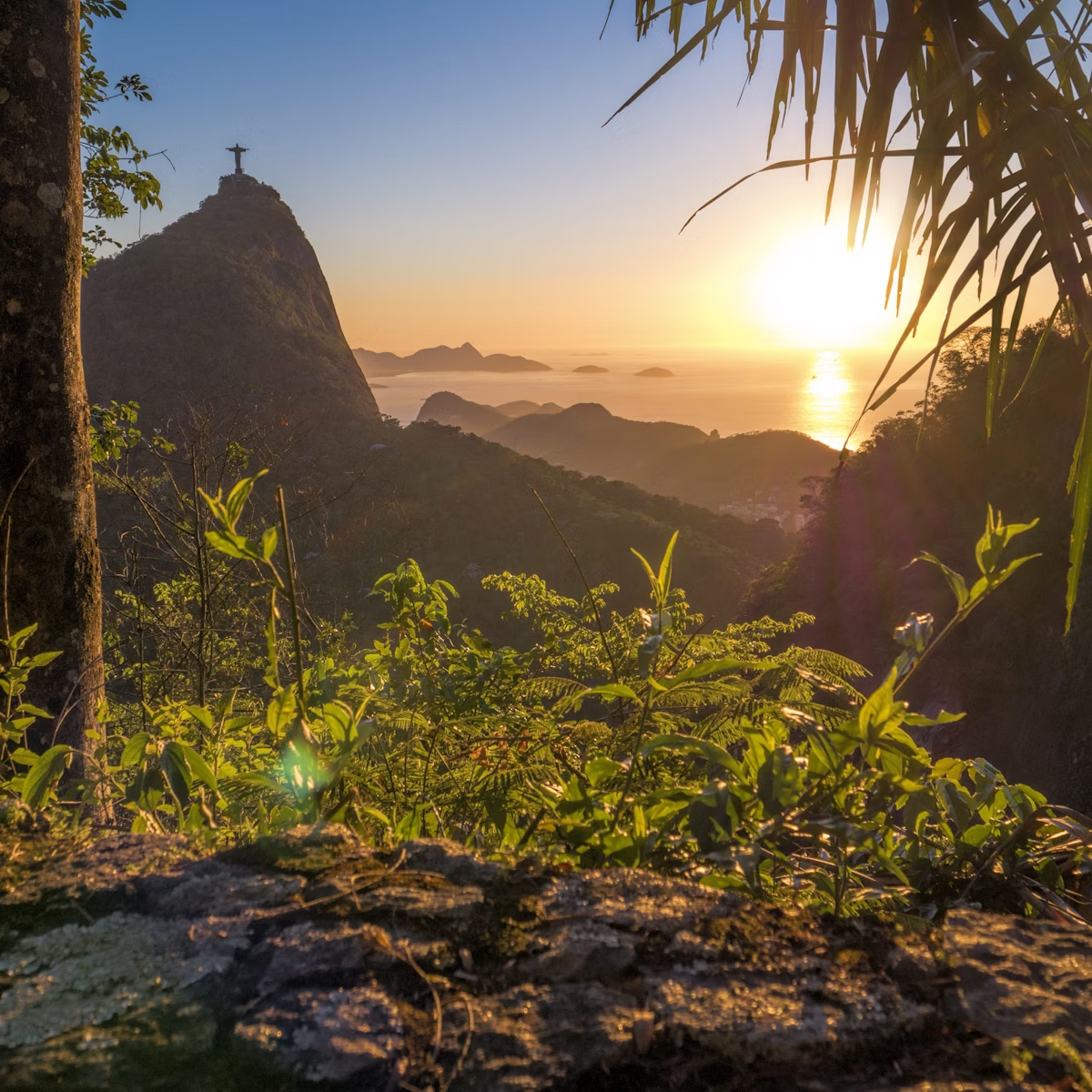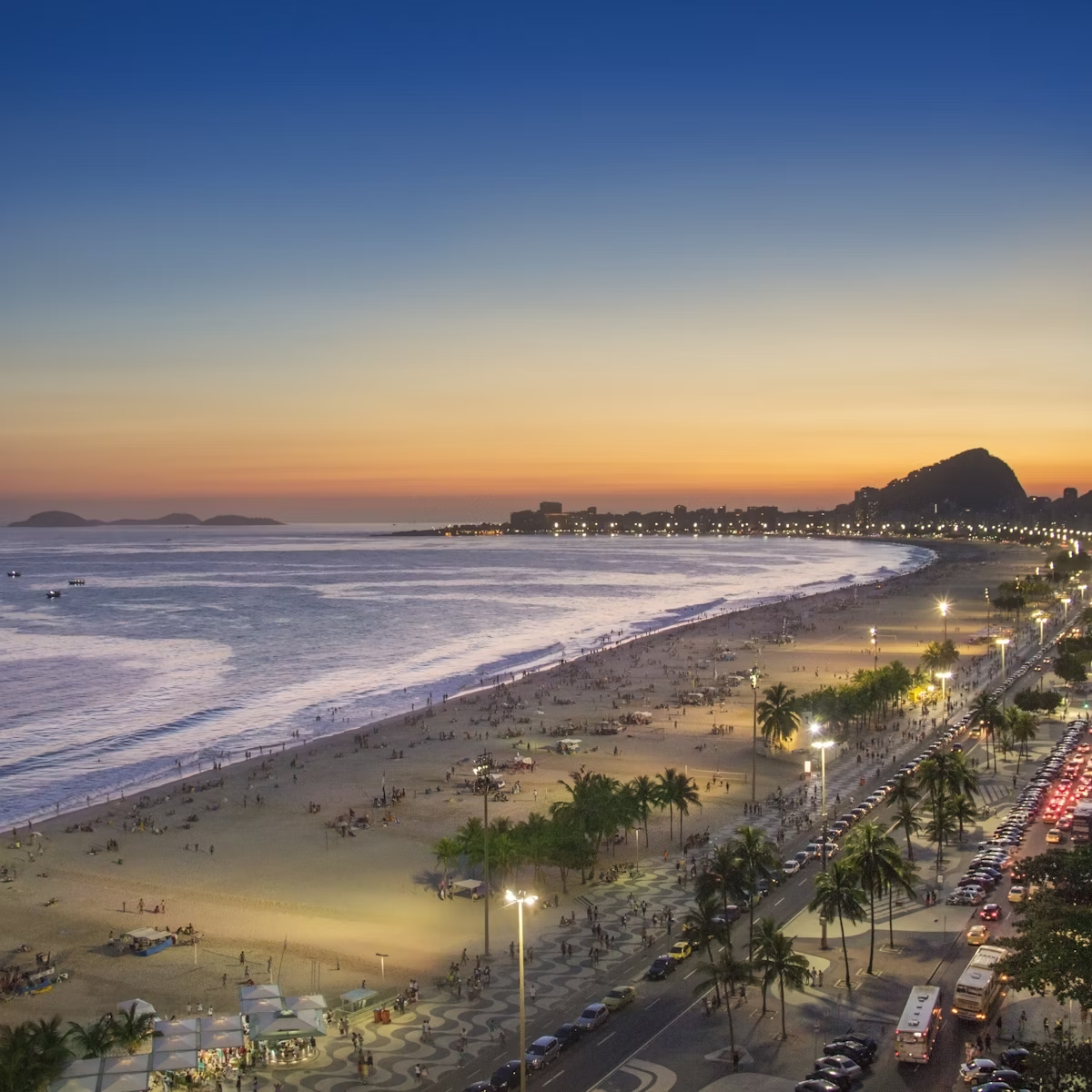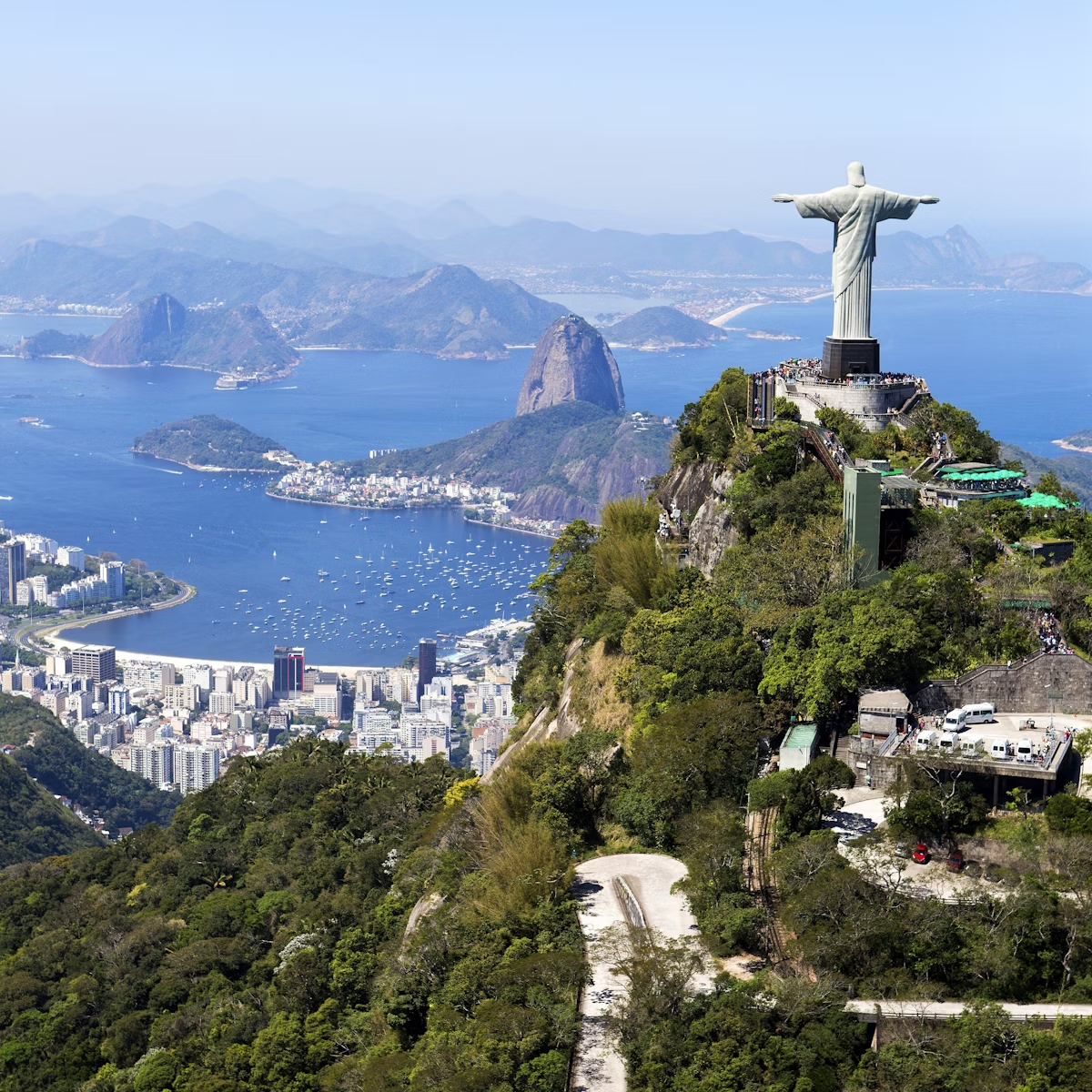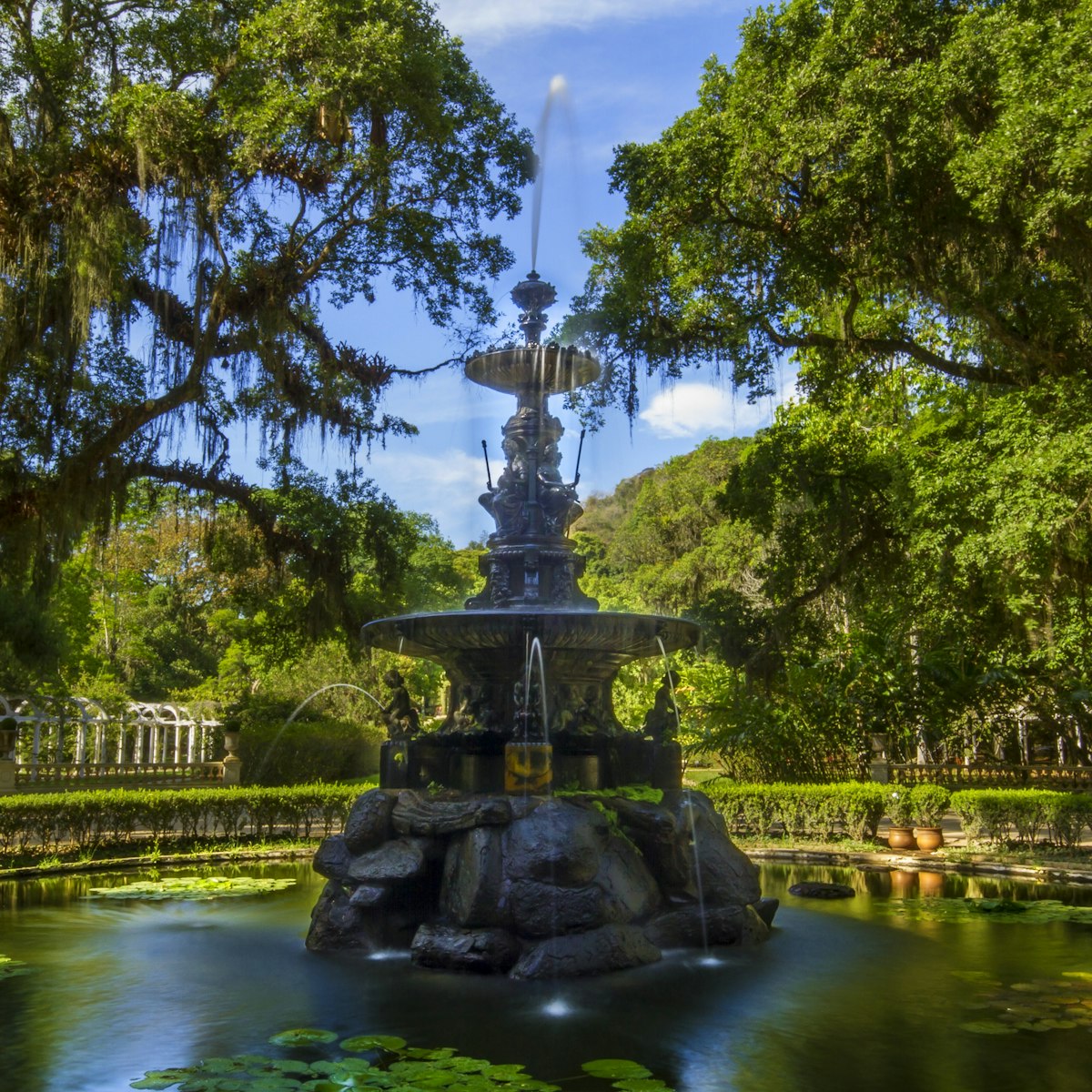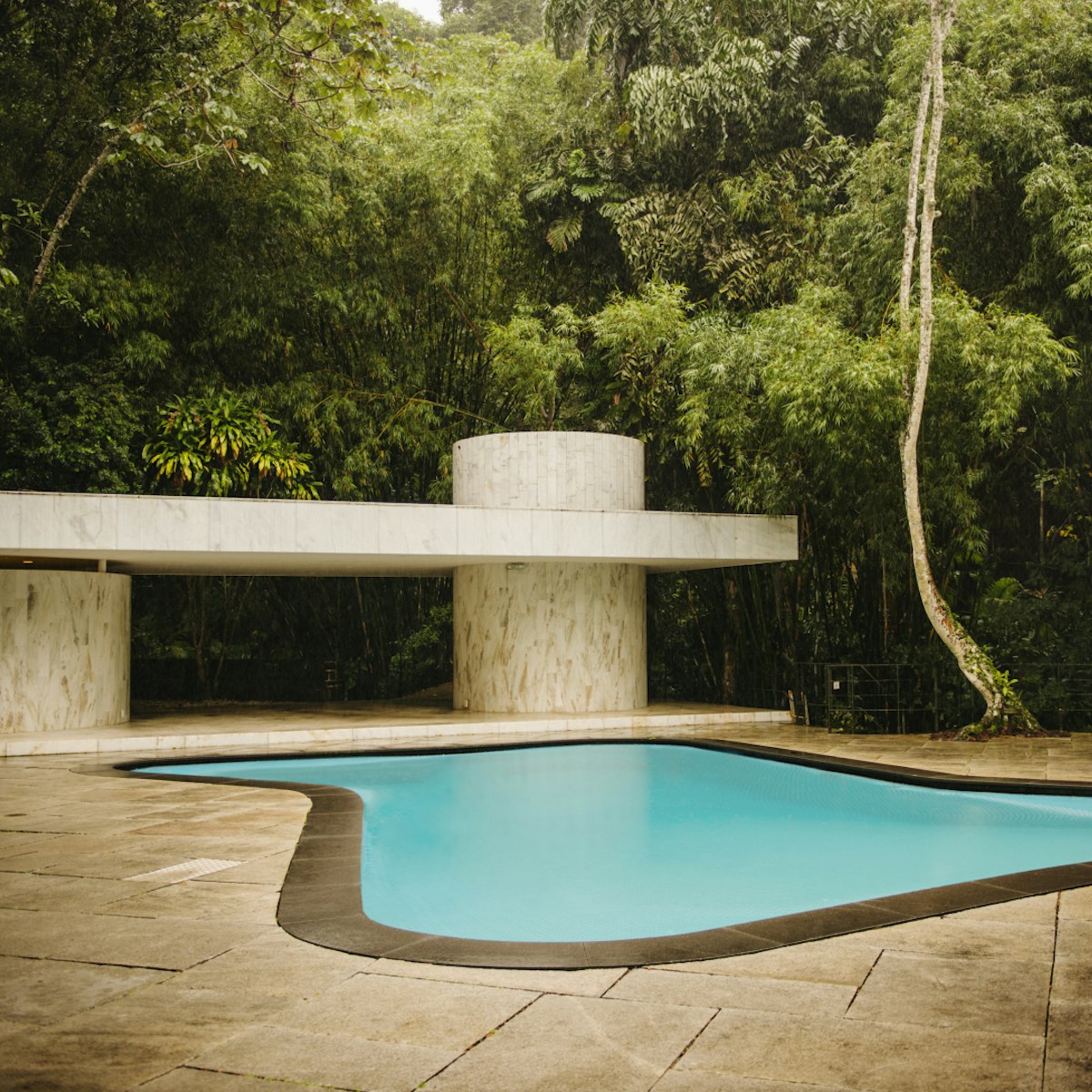Unearthed in 2011, the Valongo Wharf was the first arrival point for an estimated 900,000 enslaved peoples brought to Brazil after long, harrowing voyages from Africa. Those who survived the journey were sold in markets, while those who didn't were buried without ceremony in mass graves nearby. The heartbreaking tragedy of the Atlantic slave trade remained a topic little broached for many years, and this newly designated archaeological site is an important reference for coming to grips with this aspect of the nation's history.
The open-air site – just layers of old cobblestones – doesn't reveal much, though its lowest layers date back to 1811 when the wharf was first constructed. Many former slaves settled in nearby Pedra do Sal, which became the epicenter for Afro-Brazilian culture following the abolition of slavery. In 2017, Valongo Wharf was declared a Unesco World Heritage site for being the most important physical trace of African slaves arriving on the American continent.
